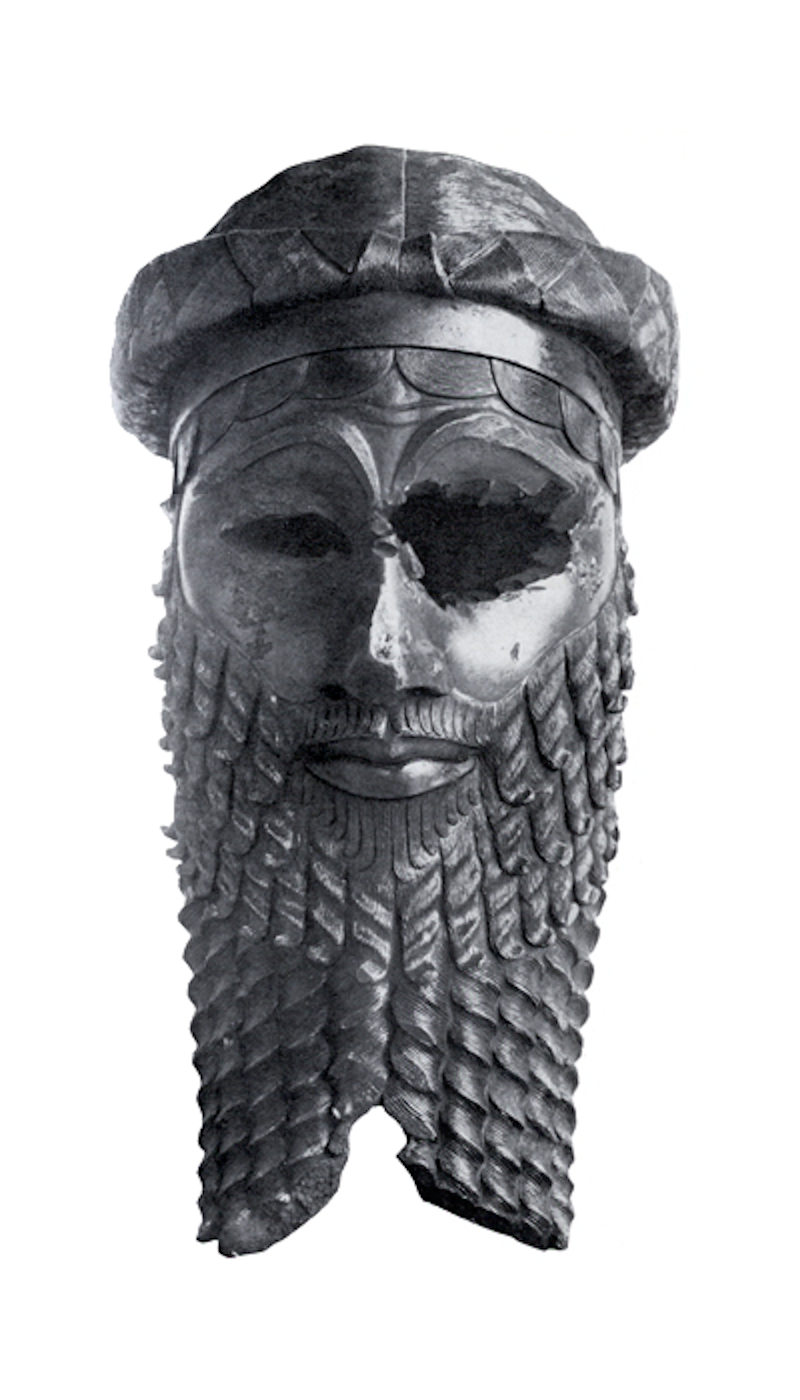Difference between revisions of "Semitic"
| Line 1: | Line 1: | ||
Semitic is defined by Merriam Webster as "of, relating to, or constituting a subfamily of the Afro-Asiatic language family that includes Hebrew, Aramaic, Arabic, and Amharic". | Semitic is defined by Merriam Webster as "of, relating to, or constituting a subfamily of the Afro-Asiatic language family that includes Hebrew, Aramaic, Arabic, and Amharic". | ||
| + | |||
| + | The Semitic Languages are generally divided into three main groups: Eastern Semitic (Mesopotamia), Northwestern or Western Semitic (Lebanon and Syria), and Southwestern or Southern Semitic (Arabian Peninsula and Ethiopia. These languages have survived in religious literature long after the spoken language became extinct. | ||
Sargon The Great established Mesopotamia's first Semitic dynasty. Sargon spoke in a Semitic tongue rather than a Sumerian tongue and he was born in Akkad, a Semitic area. | Sargon The Great established Mesopotamia's first Semitic dynasty. Sargon spoke in a Semitic tongue rather than a Sumerian tongue and he was born in Akkad, a Semitic area. | ||
For more information on Sargon, visit http://history-world.org/sargon_the_great.htm | For more information on Sargon, visit http://history-world.org/sargon_the_great.htm | ||
| + | |||
| + | For more information on Semitic Languages and their divisions, visit http://phoenicia.org/semlang.html | ||
http://upload.wikimedia.org/wikipedia/commons/4/44/Sargon_of_Akkad.jpg | http://upload.wikimedia.org/wikipedia/commons/4/44/Sargon_of_Akkad.jpg | ||
Revision as of 08:02, 9 November 2011
Semitic is defined by Merriam Webster as "of, relating to, or constituting a subfamily of the Afro-Asiatic language family that includes Hebrew, Aramaic, Arabic, and Amharic".
The Semitic Languages are generally divided into three main groups: Eastern Semitic (Mesopotamia), Northwestern or Western Semitic (Lebanon and Syria), and Southwestern or Southern Semitic (Arabian Peninsula and Ethiopia. These languages have survived in religious literature long after the spoken language became extinct.
Sargon The Great established Mesopotamia's first Semitic dynasty. Sargon spoke in a Semitic tongue rather than a Sumerian tongue and he was born in Akkad, a Semitic area.
For more information on Sargon, visit http://history-world.org/sargon_the_great.htm
For more information on Semitic Languages and their divisions, visit http://phoenicia.org/semlang.html

This depicts possibly Sargon or his grandson
-Matthew Brown